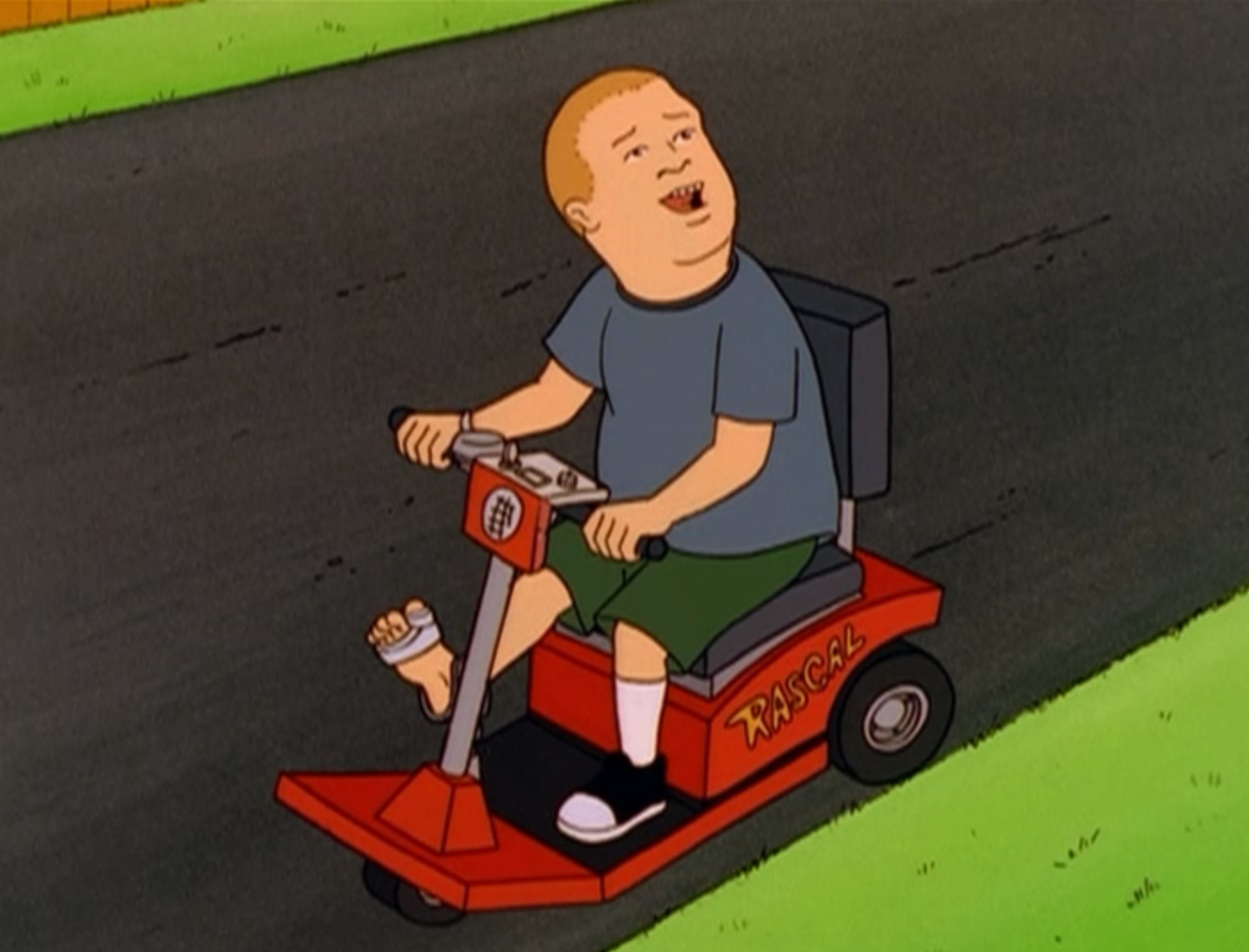
Mitral regurgitation is a common valvular problem seen on the medical wards. The valve is named after a mitre, the headgear worn by bishops, due to its resemblance. Here's a quick review of the management of this valvular problem.
Causes
- Primary causes: MVP, rheumatic disease, IE, trauma, myxomatous changes.
- Secondary: Ischemia, HCM, LV dilation, other valvular lesions (AS, AI)
Symptoms
- Most are asymptomatic for years, even with severe disease.
- Common presentation is intermittent atrial fibrillation.
- Other symptoms: shortness of breath, fatigue, pulmonary edema, and peripheral edema.
- 5 year survival: 80% if asymptomatic, 45% if symptoms.
Physical Examination
- Holosystolic, blowing murmur. If severe, thrill and S3 are palpable.
- Arterial pulse is brisk
- Apical impulse is hyperdynamic

Investigations
Echo
- Mitral annular calcification (MAC) - Crescent shaped calcification, generally associated with aging; associated with MR
- No calcification - Myxomatous mitral valve disease (MVP); associated with MR
- Leaflet calcification and subvalvular thickening - Rheumatic mitral valve disease; associated with MS
- Severe MR must also include LA enlargement or LVH
- Severity of LA enlargement may correlate with chronicity of MR.
- Severe MR: Regurgitant fraction of greater than 50%; ERO greater than 0.4.
Coronary Angiogram:
- Assess hemodynamics and severity of MR when noninvasive tests are inconclusive or discordant and for definition of coronary anatomy when patients are being considered for an intervention.

Blood prefers to go back into the LA than the systemic circulation due
to lower pressures, creating a state of reduced afterload for the LV.
to lower pressures, creating a state of reduced afterload for the LV.
Indications for Surgery
Chronic
- Severe, symptomatic, and EF greater than 30%/LVEDP less than 50 mm Hg
- Severe, asymptomatic, and EF 30-60%
- Normal EF AND atrial fibrillation or pulmonary hypertension
- Optimize medically before surgery as much as possible - afterload reduction is preferable
- Repair is preferred over replacement
- Treat at compensated phase and before decompensated stages of disease
- EF must be greater 30% and LVEDP less than 50 mm Hg for MVR to be successful
- If EF more than 50% and symptomatic, then consider surgery.
- MVR for anyone with symptoms; if uncertain, then do exercise testing.
Acute
- Symptomatic
- Flail valve
Why a picture of Elizabeth Taylor? She had mitral regurgitation and had valve replacement surgery at the age of 77.



